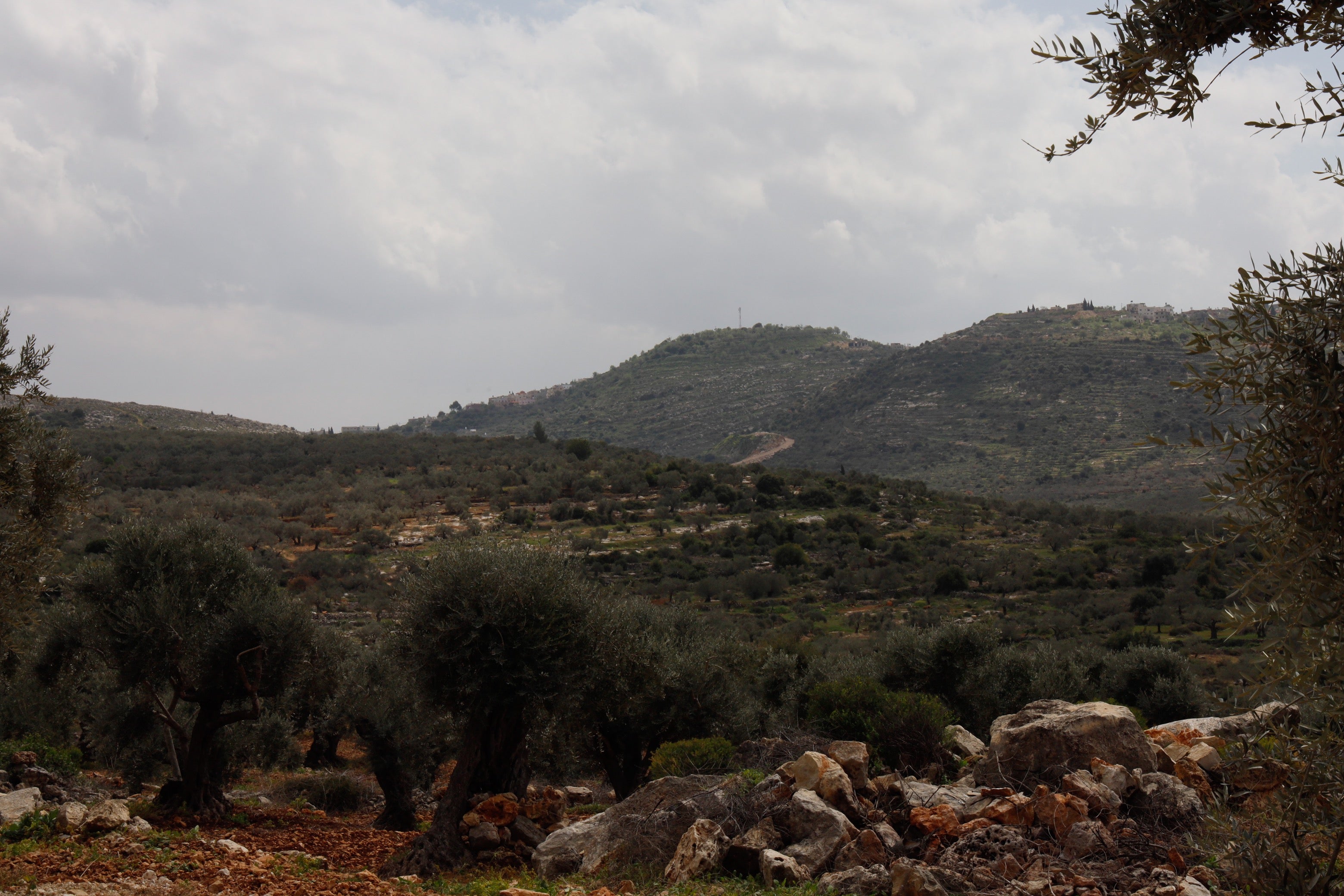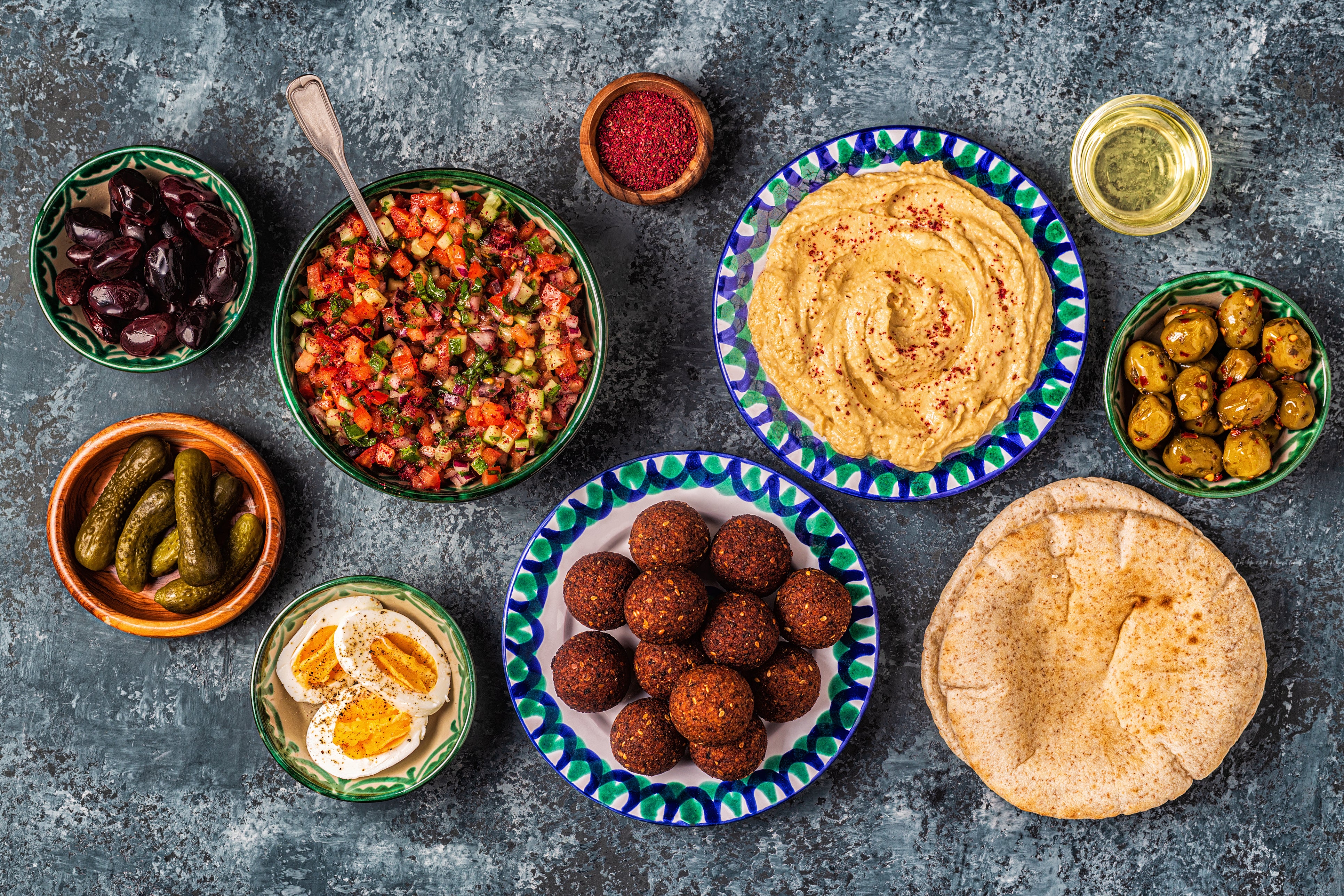Exploring the Age-Old Debate - Is Olive a Fruit or a Vegetable?

Olive Odyssey: Exploring the Age-Old Debate - Is Olive a Fruit or a Vegetable?
Olives have long been a staple in Palesti nian cuisine and are an important part of our cultural heritage. Not only do they have a rich history, but they also offer numerous health benefits, making them a prized possession of our local farmers. However, there is still much debate surrounding the question: is an olive a fruit or a vegetable? In this post, we’ll explore this age-old question and provide some insight into the world of olives.
First and foremost, let’s clarify: olives are a fruit. More specifically, they are a drupe, a type of fruit with a fleshy outer layer and a single seed or pit at the center. Other examples of drupes include peaches, plums, cherries, and mangoes. In fact, the olive tree produces a type of drupe that is cultivated for its oil, which is then used in cooking, skincare, and other applications.
Despite being classified as a fruit, some people still wonder if olives are actually a vegetable. This is because olives are often processed and preserved in brine, which can make them seem more like a vegetable than a fruit. However, this processing does not change the fact that olives are indeed a fruit.
At Olive Odyssey, we pride ourselves on producing high-quality extra virgin olive oil from olives grown by local Palestinian farmers. Our olive oil bottles are made in Aboud, Bazariya, and Beit Jala, areas known for their fertile soil and optimal growing conditions for olives. We work closely with these farmers to ensure that our olives are sustainably harvested and processed, all while supporting our local community and the Palestinian collective.
For Palestinians, olives hold a special significance as they have been a part of our cultural heritage for thousands of years. They are not just a fruit that we consume, but a symbol of resilience and resistance against occupation. Each year, we celebrate the olive harvest season with a festival known as “Zaytouna,” where families come together to pick olives, share stories, and enjoy traditional foods.
In terms of nutrition, olives are a great source of healthy fats, vitamins, and minerals. They are known to improve heart health, reduce inflammation, and aid in digestion. This is why we encourage everyone to incorporate extra virgin olive oil into their daily diet, not only for its rich flavor but also for its numerous health benefits.
So, in conclusion, olives are indeed a fruit, and at Olive Odyssey, we take great pride in producing high-quality extra virgin olive oil from olives grown by our local farmers in Palestine. We hope that this post has shed some light on the age-old debate of whether olives are a fruit or a vegetable and highlighted the importance of this ancient fruit in Palestinian culture and cuisine.





Leave a comment